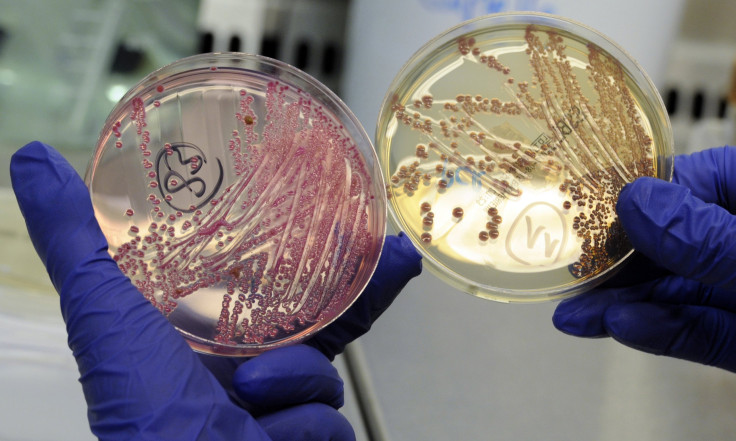This deadly bacteria may kill in just 24 hours

Queensland researchers have made a breakthrough in better understanding a deadly bacterium. The deadly bacterium kills thousands of people every year and can spread through the sniff of a nose. It then travels to the brain and spinal cord within 24 hours.
The bacterium, Burkholderia pseudomallei, becomes dangerous during the wet season as it comes up to the soil surface. Researchers at Bond and Griffith Universities said that the bacterium is prevalent in Northern Australia and cause nearly 89,000 deaths every year, across Australia and Southeast Asia.
The bacterium is found in the soil, particularly in stagnant water. Once it travels through the brain and spinal cord, it can transform into the potentially fatal disease melioidosis that can kill an infected person within 24 hours. An infected Australian has a 20-50 percent chance of death once the disease travels to the brain.
No drug has been discovered till date that can successfully treat the infection. Moreover, the disease could be used as a bio-weapon and that is forcing scientists to quickly find a cure, reports News.com.au.
The worst part is that one wouldn’t even know when the bacterium enters his/her system and 24 hours later, results could be fatal. Dr. St. John from Griffith University said that the bacteria had the potential to be used as a bio-weapon. Hence finding ways to combat it is extremely important.
Authorities are warning residents to stay away from aerosolised soil, groundwater and mud. In 2014, Centre for Disease Control boss Dr. Vicki Krause said even though the bacteria live deep in the soil, rain causes Burkholderia pseudomallei to come up to the surface posing a terrible risk of exposure.
Krause explained that sores and cuts are perfect entry points for the bacterium and in case it becomes airborne, it may also enter the body through inhalation. Symptoms vary greatly though cough, fever and breathing troubles are common. The study, published in journal Infection and Immunity, sheds light on how the bacteria spread. It’s frightening how quickly the bacterium can spread to the brain.
“Unfortunately this is a disease which is predicted to spread south with climate change. The bacterium has been identified as a bio-weapon and our discovery has shown the path it can get into the brain and the spinal cord and now we have something to hit at. We know where we need to stop it,” Associate professor Jenny Ekberg from Bond University told the ABC.





















